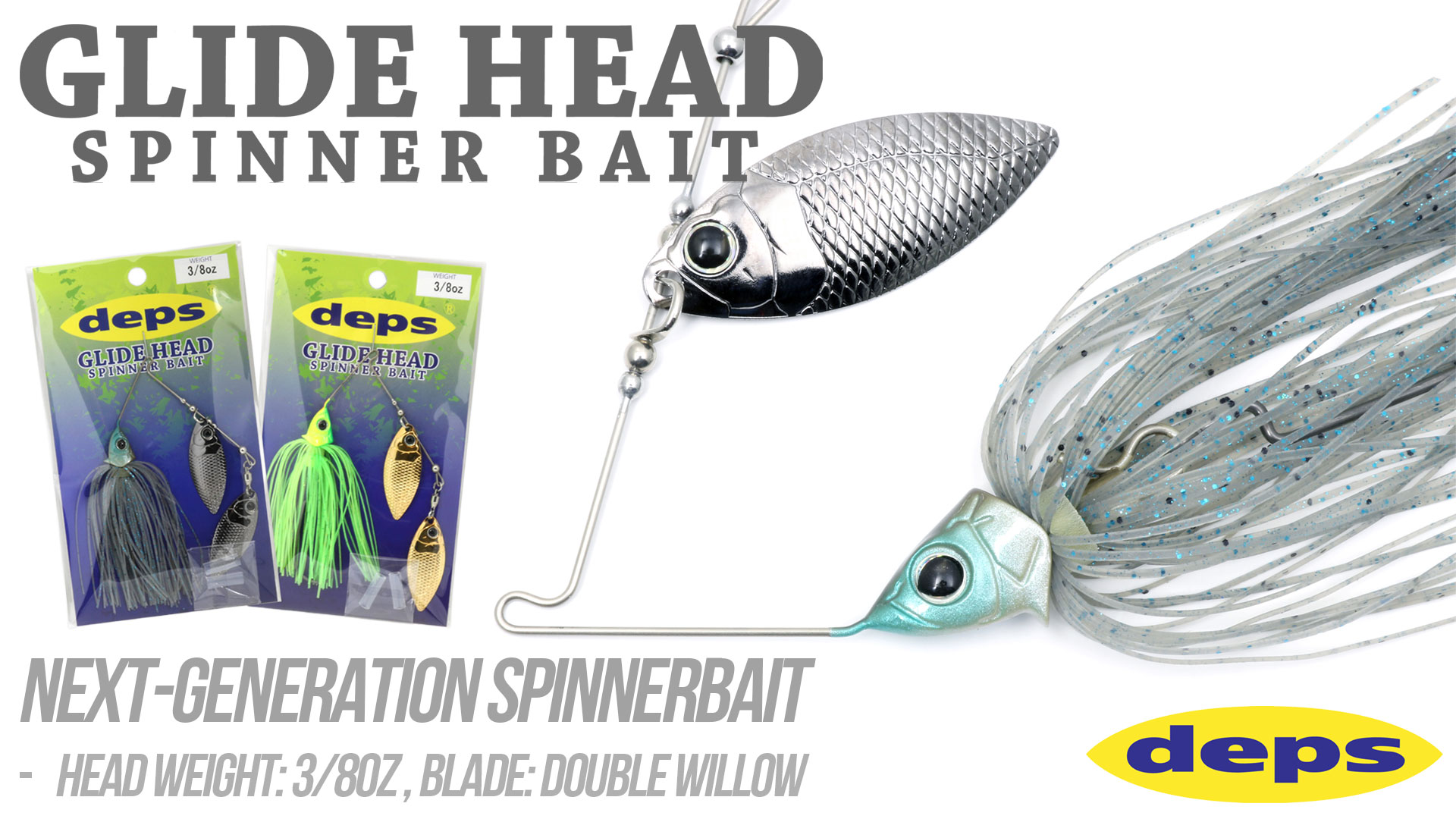Summertime Square Bills
California fishing guide and noted instructor Randy Pringle has been crushing bass on the Cal Delta over the past month, and he expects that his current bite to continue well into the summer. While he’s employed a number of tools, depending on the prevailing conditions, the near-constant winds over the past month and a half have led him to a bait some anglers put away after the hot springtime bite: The Ima Square Bill.
“With all of this wind and the heat putting lots of weeds out there, the reaction bite has been extremely good,” he said. “At the low tide, the weed clumps merge, but when the tide gets high they separate and that creates little gaps and alleyways. If you can find a lure that will dive and tick or nudge the weeds, they’ll nail it. You don’t want something that dives too deep and the Square Bill runs to about 3 feet, which puts it right in the strike zone.”
Pringle cautioned those fishermen who don’t dare to throw a crankbait with sticky-sharp trebles around grass to take a chance. “It’s fairly weedless,” he said of the Square Bill. “When it hits the grass, about 90 percent of it hits the lip and the face, so by using 15 lb. Berkley Big Game mono, I can let it float up.”
If your favorite body of water has summertime weeds, you can copy Pringle’s strategy, but the Square Bill works well this time of year in any super-skinny water. When Bill Lowen and the Ima lure designers created it, their goal was to build a subsurface bait that would excel in the shallowest, muckiest areas without getting hung up – not just vegetation, but also the silted-in backs of pockets, along the back edges of docks, laydowns at low tide. It differs from the competition because it won’t dig into the nasty stuff and it’s so buoyant that when you do run into an obstacle, it’s possible just to pause the lure and let it float up away from the potential snag.


Pringle’s rod also serves as a guide through the greenery. He likes a 7’6” Abu Garcia Veritas Winch cranking rod, paired with a Revo STX baitcasting reel (6.4:1 gear ratio). It’s a system that allows him to bounce the lure off weeds before it gets hung up. “If the rod loads, with that rod I can tell if it’s weeds or a fish,” he explained. “If you use something too stiff it doesn’t allow the bait to get sucked in.” Whether you’re fishing grass or other shallow mucky cover, you can adjust your line size a bit to make it run shallower or deeper. Pringle’s preferred 15 pound test mono is a good starting point, but you can go up or down, although anything less than 10 is dangerous and anything over 20 may dampen the lure’s action. If it’s running deeper than you’d like you can keep your preferred line size and adjust the rod angler to fish it higher in the water column.
The Delta’s vegetation catches the silt – Pringle calls it “mother nature’s filtration system” – but when the wind blows that silt tends to dirty the water. Accordingly, his first choice in colors is typically chartreuse with a black back, but if it’s not as windy he’ll turn to Hot Craw or Bluegill, which almost precisely replicate two of the major food sources for the bass he targets.
No matter what, once the lure is down in the strike zone, he aims to trigger strikes by occasionally changing the lure’s trajectory. “Every once in a while, make one revolution a bit quicker than the two before it,” he suggested. “You want to lunge the bait and then slow down the bait right in that big fish’s face.”
IN THE FOLLOWING VIDEO LINKS, RANDY POINTS OUT SOME KEY TRICKS TO GETTING THE MOST OUT OF YOUR IMA SQUARE BILLS IN THE SUMMER MONTHS.





